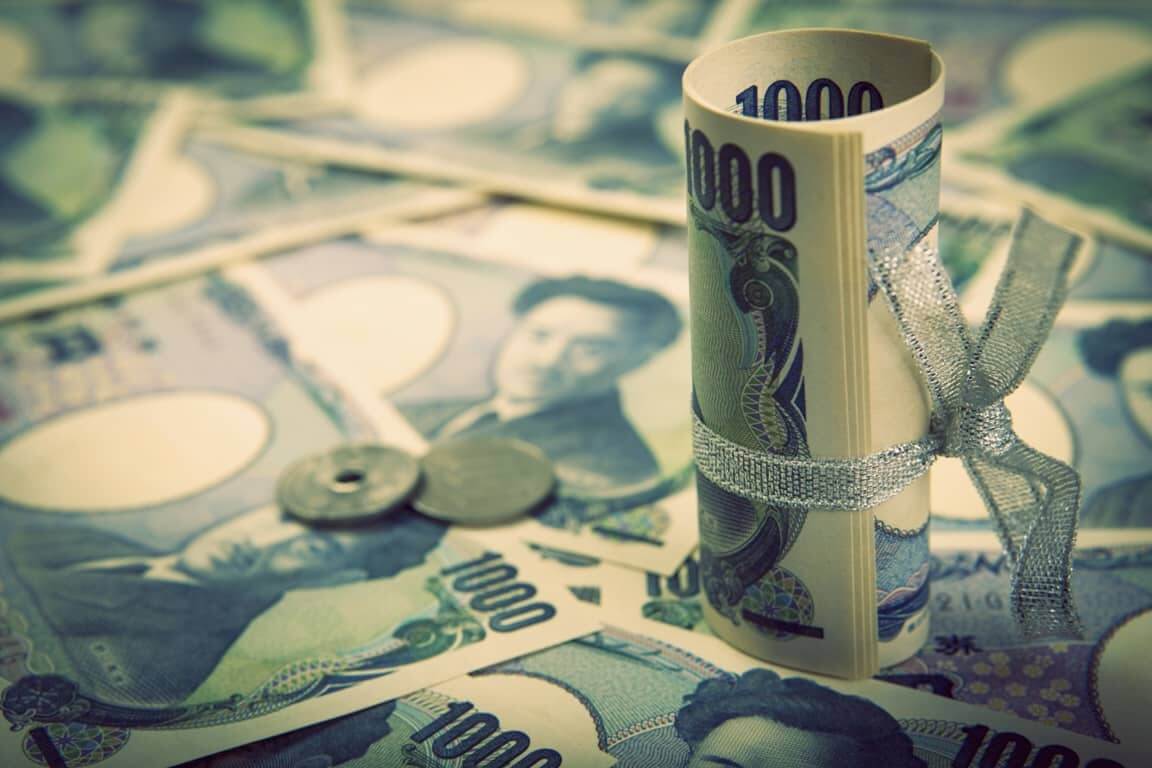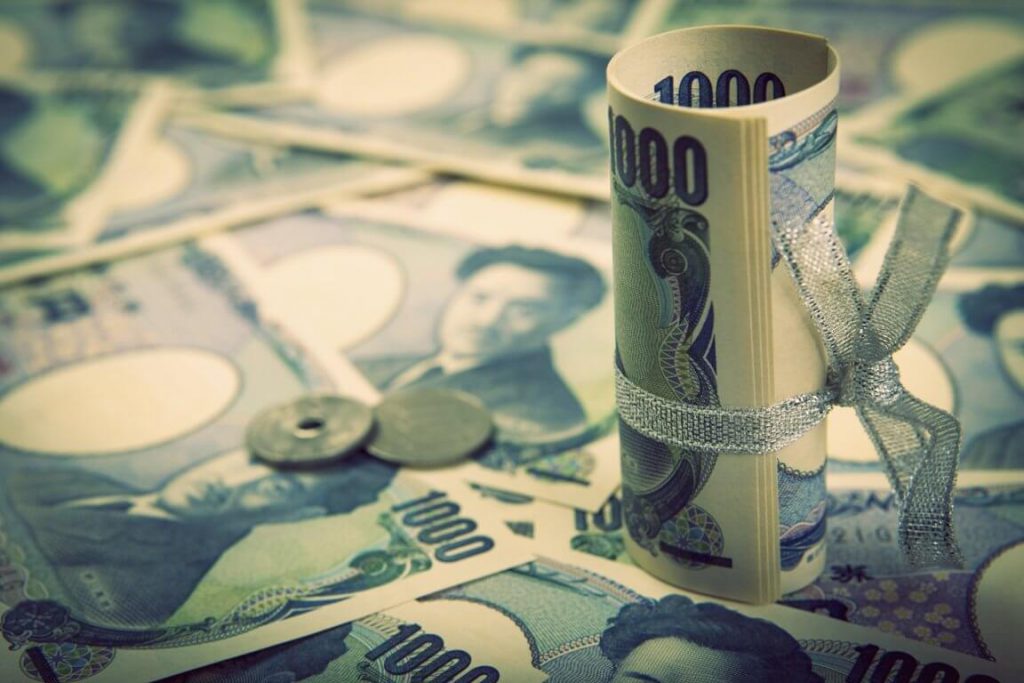
Yen drops to a fresh 24-year low
The Japanese yen fell to its lowest level versus the US dollar since October 1998 on Tuesday, as the Bank of Japan’s ultra-easy monetary policy contrasted sharply with an active Federal Reserve keen to combat rising inflation.
The yen fell to a fresh 24-year low of 136.455 per dollar, continuing losses that have seen it lose more than 18% of its value against the greenback this year. According to Colin Asher, senior economist at Mizuho, yen movements appears to be primarily flow-driven. The dollar broke past the previous high of 135.60 yen, triggering stops that would take it to the massive figure of 136.0 and beyond.
The yen fell further as the Bank of Japan shattered any hopes of a policy shift on Friday, remaining the only major central bank committed to ultra-easy monetary policy.
Earlier in the day, Japanese Prime Minister Fumio Kishida effectively gave the go-ahead to sell the yen by saying the Bank of Japan should maintain its ultra-loose monetary policy. The yen was trading at 136.20 yen per US dollar in the afternoon, barely off its 24-year low. The yen fell 1.3 percent to 143.78 per euro, its lowest level since June 9.
The yen has lost more ground against the dollar than any other primary currency. The Bank of Japan’s dovish policy position has split from the broad hawkishness among global authorities.
The dollar index was little changed in other currencies at 104.41, although it was supported generally by forecasts of significant rate rises at the future Fed meetings. Earlier, the dollar fell as data indicated that existing home sales in the United States failed to a two-year low in May, as prices rose to a record high and mortgage rates rose further, driving out entry-level buyers.
The euro, on the other hand, was up 0.2 percent at $1.0529. It climbed after European Central Bank chief economist Philip Lane stated that the ECB would raise interest rates by 25 basis points at its July meeting, but the size of the September boost has still to be determined.


